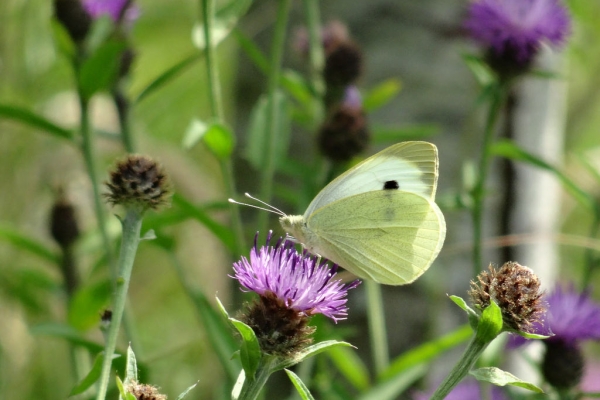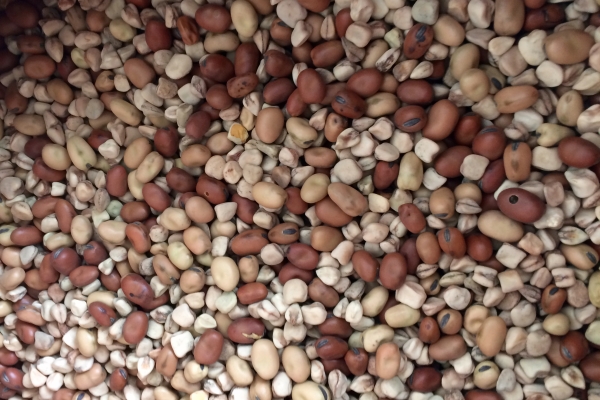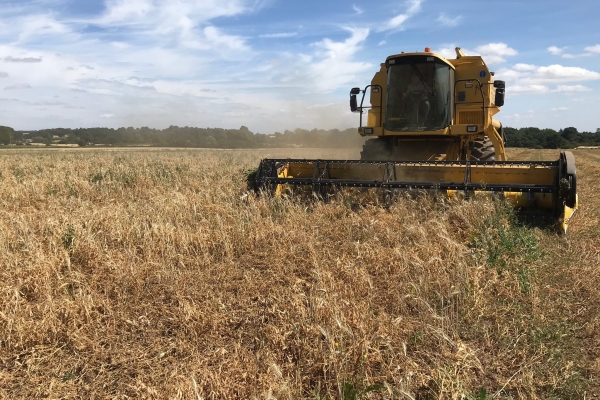Designing strip intercropping systems
DiverIMPACTS Practice Abstract
Resource explained
Farming landscapes dominated by monocultures are vulnerable to pests and diseases, partly because of a general loss of biodiversity in the field. Strip intercropping creates spatial diversity within fields, which helps support biodiversity and beneficial insects and related ecosystem services such as biocontrol of pests and diseases. Strip cropping can also lead to higher crop yields and less soil structural damage. This abstract, created as part of the DiverIMPACTS (Diversification through Rotation, Inter-cropping, Multiple Cropping, Promoted with Actors and value-Chains towards Sustainability) project, outlines outcomes from strip cropping experiments and practical recommendations for designing manageable and effective strip systems. It includes a link to a video which shows how strip cultivation can work and some of the advantages that can be gained from using this technique.
Findings & recommendations
The abstract illustrates some of the ways in which strip cropping can be incorporated into a crop rotation; from just one pair of strip crops to a full strip rotation. It gives some useful practical tips for deciding what to grow and how to manage strip crops including:
- By choosing strip widths compatible with the machines you already have, you can implement strip cropping without significant changes in equipment or management. Narrower strips have a stronger effect on disease suppression.
- You need to have at least a one-year gap between neighbouring strips of the same crop to minimise the risk of diseases developing.
- When combining crops it is important to evaluate aspects such as how they will be managed, growing periods, what ground cover they will provide, and expected edge interactions. It is recommended to combine winter and spring and pest sensitive crops, as they provide year-round refuge for beneficial insects.
- Put ley crops next to intensive crops and use ley crops as a traffic lane to reduce soil compaction.
- Choose neighbouring crops with complementary traits to avoid competition at strip edges.
- You could also consider adding functional biodiversity strips, or positioning green manure strips next to crop strips where the green manure can be easily spread.
The overall goal of the DiverIMPACTS project is to achieve the full potential of diversification of cropping systems for improved productivity, delivery of ecosystem services and resource-efficient and sustainable value chains. View the project website and other practice abstracts here.






